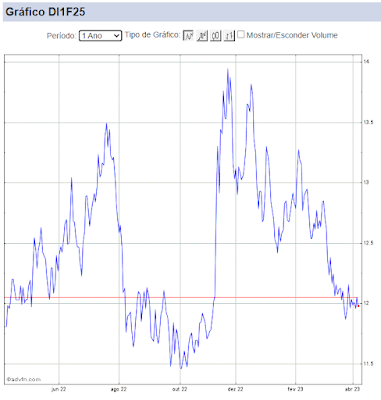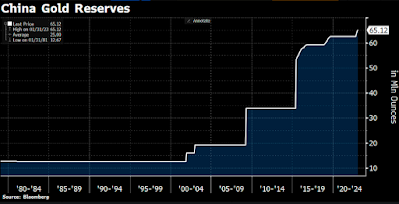Risk-On!
Seguindo uma sequencia de resultados corporativos mais positivos na Europa, em especial do Credit Suisse, os ativos de risco operam em tom positivo está manhã, com as bolsas e commodities em alta, o dólar mais fraco e com uma leve abertura de taxa de juros nos países desenvolvidos. Os ativos emergentes estão revertendo pequena parte da piora verificada nos últimos dias.
No campo econômico, contudo, os sinais ainda são pouco animadores. Na Alemanha, a produção industrial caiu 1,2% MoM em março, contra expectativas de queda de 0,2% MoM. Na França, a queda foi de 0,3% MoM, contra expectativas de alta de 0,7% MoM.
Na China, o CPI ficou estável em 2,3% YoY em abril, com o PPI passando de -4,3% YoY para -3,4% YoY. A despeito do aparente sinal de estabilização do PPI, grande parte da alta é explicada pela elevação de alimentação, que tende a ser pontual e localizada. Não há alteração relevante de cenário após a divulgação destes números.
No Brasil, no final da tarde de ontem Renan Calheiros deu prosseguimento ao processo de impeachment, ignorando a ação do atual presidente da Câmara dos deputados. Segundo o Valor de hoje, Temer pretende reduzir o números de ministérios para cerca de 23, além de acabar com o status de ministro do presidente do BCB. De maneira geral, as sinalizações em torno de um eventual governo Temer continuam sendo bastante positivas para os fundamentos do país a longo-prazo.
Voltando a China, um artigo de um importante jornal local ontem chamou bastante a atenção do mercado, já que uma fonte importante do governo teria dado sinalizações que podem ser fundamentais para o cenário de curto-prazo do país. Segundo a Merrill Lynch:
BofAML’s Head of China Equity Strategy, David Cui, highlights some key takeaways from the front page interview published in People's Daily yesterday with a "person of authority", or PoA. The term "PoA" is NOT used lightly in China, so the interview should carry a great deal of weight. The key message from the PoA is that the recent growth stabilization has been primarily driven by the old way of doing things, i.e., debt-fueled investment, so IT IS NOT SUSTAINABLE; and the government should re-focus on supply-side reforms, with the next step being capacity reduction. It seems to us that, after the credit surge YTD, the government's priority could be shifting back to capacity rationalization at the expense of short-term growth. Although this is a long-term positive, in the ensuing months, we expect tighter credit conditions, less mortgage support for home purchases, lower investment-related demand, including for commodities, more defaults, a weaker A-share market, and, possibly, more pressure on RMB, other things being equal.
Para o Morgan Stanley:
China navigating between balance sheet adjustments, economic reform and setting growth impulses, together with the Fed's path, has important implications for the evolution of financial markets. When China allowed its total social financing (TSF) to reach record growth rates earlier this year, accompanying the near 30%Y increase in the fiscal impulse, it created ideal conditions for a liquidity-fuelled commodity boom. China’s leading economic indicators worked higher and words of ‘China successfully reflating’ did the rounds. However, the TSF increase not filtering through into higher M2 growth rates (steady around 13%Y since September) leaves the impression that the monetary impulse pushed real estate and commodity prices but failed to translate into balanced growth. Reform and ‘L’ shaped economy? China seems to be converting from providing a reflationary theme towards a deflationary theme again and today’s release of the food price-boosted CPI (2.3%Y) and PPI (-3.4%Y) do not make a difference. Instead, markets will continue to digest quotes from an "authoritative" person in yesterday’s edition of the official‘People’s Daily’ predicting an ‘L’ shaped economy, arguing that "high leverage will lead to high risk, if not controlled, it will lead to systematic financial crisis and negative growth". A BIS article (Financial cycles, labour misallocation, and economic stagnation, April 14, 2016) comes to similar conclusions. This morning the China Securities Journal suggested that the authorities will speed up formulation plans to deal with so-called ‘zombie’ companies. It seems China may from now emphasise reform over growth, which would be a very different stance compared to its focus supporting growth. The more markets get convinced that China is stepping up the pace of reform, the worse the outlook is for old industries and commodities, in our view. The outlook for the EM/commodity FX bloc remains negative.


Comentários
Postar um comentário